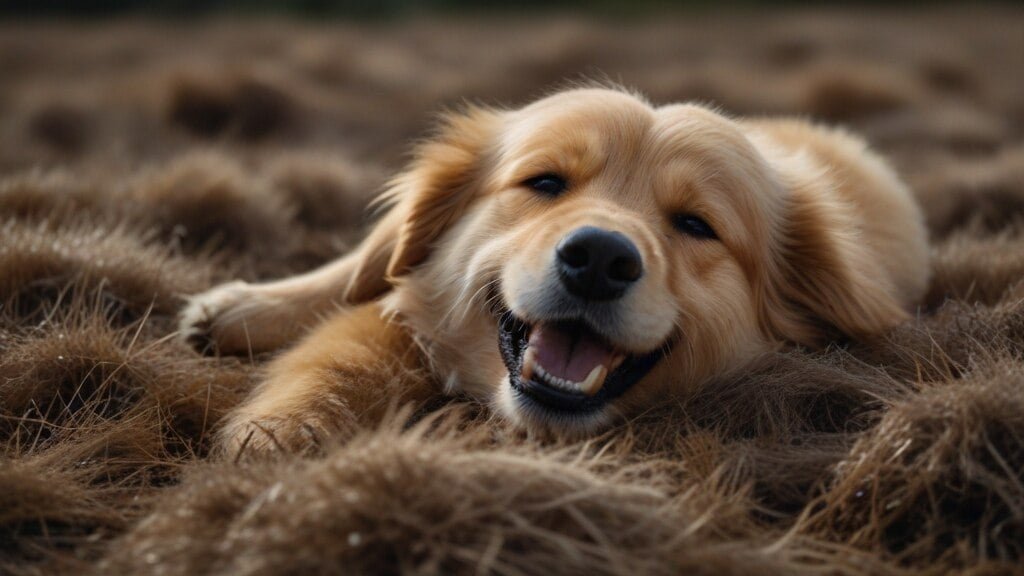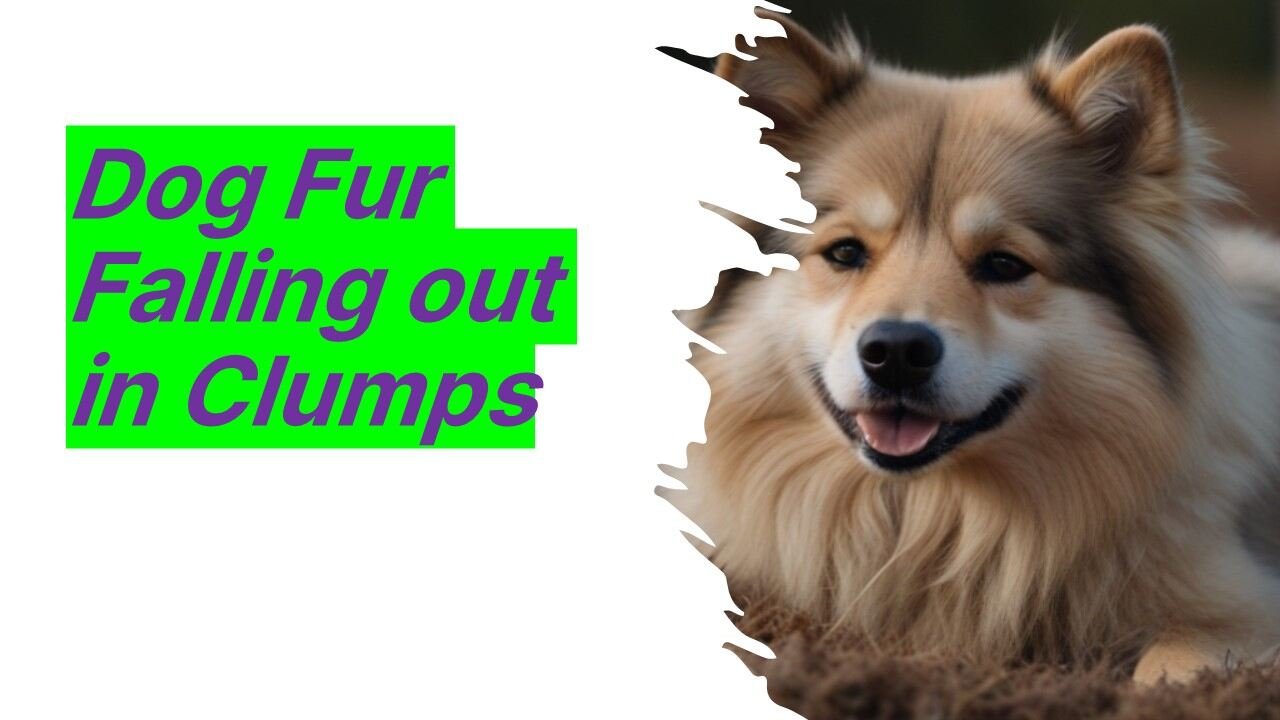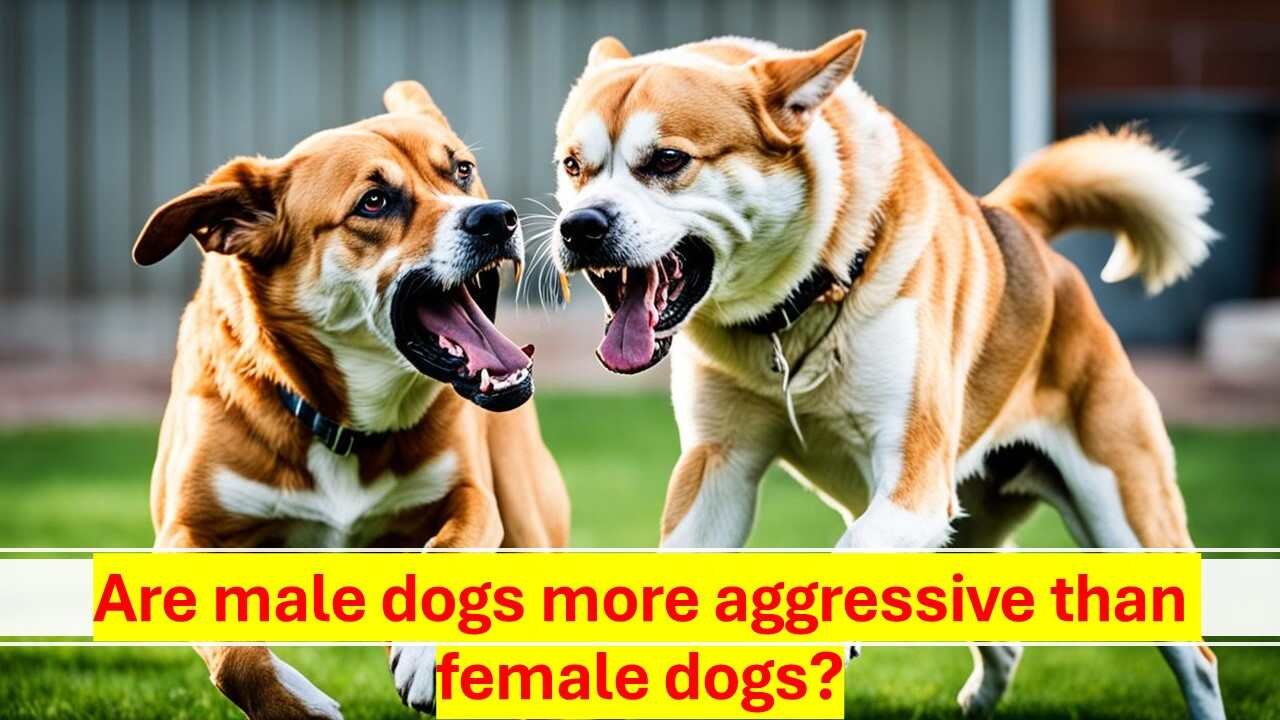Finding your dog’s fur falling out can be alarming. It could mean many different things. Knowing the reasons helps you care for your pet correctly.
There are multiple causes for a dog losing hair. Parasites like fleas or mites can make your dog itch, leading to hair loss. Skin problems, missing nutrients, and sometimes tumors can all play a part.
You can do a lot to help with your dog’s shedding. A good grooming routine, proper diet, and tackling health issues early are key. Doing these can keep your dog’s coat healthy and lessen shedding.
This article will discuss why dogs shed too much and what we can do about it. We’ll talk about how to keep your furry friend’s fur looking great.
Key Takeaways:
- Excessive shedding in dogs has many causes, such as parasites, skin issues, not getting enough nutrients, or tumors.
- Keeping up with grooming, feeding your dog well, and preventing problems can aid in managing hair loss.
- Regular visits to the vet are crucial to keep an eye on your dog’s health and deal with shedding problems.
Common Causes of Hair Loss in Dogs
Hair loss in dogs has several common causes. It’s crucial for pet owners to know these. Identifying and managing these can help your dog grow back healthy hair.
Parasite Infestation:
Parasites like lice, fleas, or mites often lead to hair loss in dogs. They irritate the skin, causing the dog to scratch and lose hair. Using flea and tick control products regularly can prevent this issue.
Skin Conditions:
Skin conditions such as dandruff or eczema can also make a dog lose hair. They cause itching and discomfort, making dogs scratch or lick the affected areas. This can damage their coat and lead to hair loss. It’s key to groom your dog often and keep them clean to prevent these conditions.
Nutritional Deficiencies:
A balanced diet is vital for a dog’s healthy coat. Lack of important nutrients like amino acids or biotin can slow hair growth. Make sure your dog’s diet is well-rounded to promote healthy hair.
Tumors:
Tumors, especially in the ovaries or testicles, can affect hair growth. They might cause bald patches or unusual hair loss. If you notice this, see a vet to check for tumors or other health problems.
Knowing about these common causes can help prevent and treat hair loss in dogs. Regular grooming and a balanced diet are important. Always seek veterinary advice as needed to ensure your dog’s hair stays healthy.
Managing and Preventing Hair Loss in Dogs
To help dogs with hair loss, find the root causes and use the right care steps. These tips and remedies can keep your pet’s coat healthy. And they cut down on too much shedding.
Grooming Tips for Reducing Dog Shedding
Grooming often is key to controlling hair loss in dogs. Regular coat brushing takes out old fur and lowers shedding. Pick the right brush for your dog’s hair. Long-haired dogs do well with slicker brushes, while short-haired ones need bristle brushes.
Bathing your dog with a mild shampoo is also beneficial. Use a dog-specific shampoo to not dry their skin. Always rinse well to avoid skin problems and extra hair loss.
Preventing Dog Fur Shedding
Good food is vital for a dog’s coat and to stop too much shedding. Make sure their diet has what they need. Quality dog food with omega-3s, biotin, and other vitamins supports skin and coat health.
Regular vet visits are important for spotting and fixing health issues linked to hair loss. Tests can find if your dog lacks nutrients or has unseen health troubles.
For dogs with skin issues or at risk for bugs, prevention is crucial. Keep fleas and ticks at bay. This helps avoid scratching and hair loss. Also, keep their living space clean to reduce allergens.
Grooming Tips for Reducing Dog Shedding
In conclusion, preventing dog hair loss involves a full strategy. This includes daily grooming, a balanced diet, vet check-ups, and fighting parasites and allergens. Doing these things keeps your dog’s skin and coat healthy, lessening shedding.
Potential Health Issues Associated with Hair Loss in Dogs

Hair loss in dogs can point to health problems. If your dog sheds a lot or gets bald spots, see a vet. They’ll check for issues like thyroid problems, adrenal disorders, and growth hormone troubles.
Hypothyroidism means not enough thyroid hormone. It makes dogs lose hair all over. Adrenal gland issues like Cushing’s disease make too much cortisol. This also can lead to hair loss. For instance, pituitary dwarfism disrupts hair growth cycles, causing hair loss.
Your vet might need extra tests to find why your dog is losing hair. They might do lab tests and imaging to check hormone levels. Work with your vet to make a treatment plan focused on the root cause.
Potential Health Issues Associated with Hair Loss in Dogs
| Health Condition | Symptoms | Treatment |
|---|---|---|
| Hypothyroidism | Excessive shedding, weight gain, lethargy | Supplementation with thyroid hormone medication |
| Adrenal Gland Disorders | Hair loss, increased thirst and urination, pot-bellied appearance | Medication to regulate cortisol levels, surgical intervention in some cases |
| Growth Hormone Disorders | Delayed growth, hair loss, skin abnormalities | Hormone replacement therapy, supportive care |
If your dog is losing hair, see a vet. They can find the issue and help your dog’s coat and health.
Conclusion
Keeping your dog’s coat healthy is crucial for their well-being. It’s important to know why dogs shed and how to groom them well. This way, you can reduce shedding and make their coat look awesome.
A healthy diet is vital to cut down on shedding. Make sure your dog gets all the needed nutrients, like amino acids and biotin. This helps their hair grow strong and lowers the amount of hair they lose. Also, brushing them regularly stops loose hair from piling up and causing a mess.
Seeing the vet is a smart move for shedding problems. Vets can find health issues that might make your dog shed more. They’ll give advice on how to prevent this, recommend good grooming items, and help with any hair-related worries you have.
By doing these things, you can reduce your dog’s shedding and keep their coat healthy and shiny. Just remember, taking good care of your dog involves many aspects, including grooming and overall health.
FAQ
What are the causes of hair loss in dogs?
Hair loss in dogs come from many things. This includes bugs, skin issues, bad food, and growths.
How can I manage excessive shedding in my dog?
To deal with a lot of shedding, groom your dog often. This means brushing and washing them to get rid of loose hair. Also, feed them good, balanced meals for a nice coat.
Are there any health issues associated with hair loss in dogs?
Yes, if your dog loses a lot of hair, it could point to serious health problems like hormonal issues or growths. Make sure to see a vet to check for these.
How can I prevent my dog’s fur from shedding excessively?
To stop your dog shedding too much, find and treat the causes. This could be bugs or not eating well. Also, groom them often and feed them right.
What are the best grooming practices for reducing dog shedding?
Grooming a lot, using the best tools, and keeping where your dog lives clean are great ways to lessen shedding.









Leave a Reply